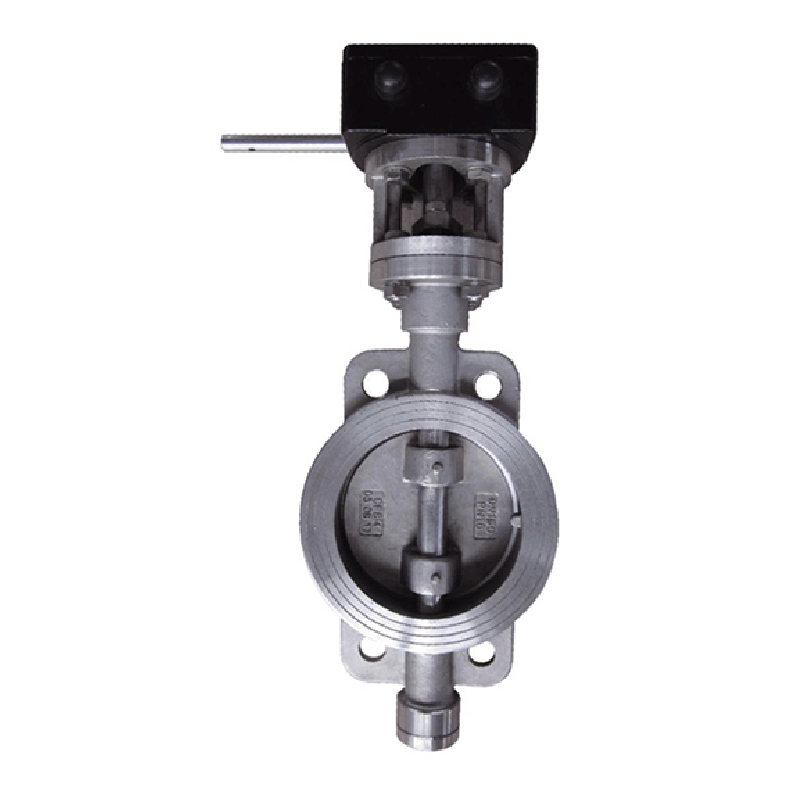Nov . 20, 2024 03:57 Back to list
flanged butterfly valve
Understanding Flanged Butterfly Valves Design, Function, and Applications
Flanged butterfly valves are crucial components in various industrial applications, known for their simplicity, efficiency, and reliability. These valves utilize a rotating disc to regulate the flow of fluids, making them ideal for both on-off and throttling service. This article delves into the design, functionality, and applications of flanged butterfly valves, highlighting their significance in modern engineering.
Design Features of Flanged Butterfly Valves
Flanged butterfly valves consist of several key components a circular disc (the butterfly), a shaft, and a body. The disc is mounted on the shaft, which is positioned vertically within the valve body. When the valve is operated, turning the shaft rotates the disc, which either blocks or allows the flow of fluid through the valve.
The flanged aspect of the valve refers to the design of its ends, which are equipped with flanges that facilitate easy attachment to piping systems. Flanges allow for secure bolted connections to pipes, ensuring a tight seal and reducing the likelihood of leaks. This feature is particularly beneficial in high-pressure and high-temperature environments, where maintaining system integrity is critical.
The materials used in the construction of flanged butterfly valves vary widely, including ductile iron, stainless steel, and plastic, depending on the application and the nature of the fluid being controlled. This versatility in materials allows for the use of butterfly valves across industries such as water treatment, chemical processing, oil and gas, and HVAC systems.
Functionality of Flanged Butterfly Valves
The operation of flanged butterfly valves is straightforward yet effective
. As the shaft is rotated, the disc turns perpendicular or parallel to the flow direction, which either allows or obstructs flow. This design ensures that the valve can achieve full closure with minimal friction, translating to lower operational torque and energy consumption.One of the primary advantages of butterfly valves is their ability to provide fast and reliable control of fluid flow. With just a simple quarter turn, operators can fully open or close the valve, making it an efficient choice for applications that require quick flow management. Additionally, their compact design allows for space savings in piping systems where installation space is limited.
flanged butterfly valve

Various Applications of Flanged Butterfly Valves
Flanged butterfly valves are versatile in application, making them suitable for various industries.
1. Water Treatment In wastewater and drinking water treatment plants, butterfly valves provide optimal flow control, enabling the regulation of water supply and distribution systems. Their ability to handle large flow rates makes them essential in such settings.
2. Chemical Processing The chemical industry often utilizes flanged butterfly valves for their capability to handle corrosive substances. With specially designed seals and materials, these valves can withstand harsh conditions while ensuring safe and efficient operation.
3. Oil and Gas In the oil and gas sector, butterfly valves are employed for both upstream and downstream processes. Their lightweight design and ability to manage high flow rates are critical in pipelines, helping to conserve energy and reduce costs.
4. HVAC Systems Flanged butterfly valves play a vital role in heating, ventilation, and air conditioning systems. They are used to regulate airflow and assist in maintaining desired environmental conditions within buildings.
Conclusion
Flanged butterfly valves are integral to numerous industrial processes, owing to their functional design and operational efficiency. Their ability to provide quick flow control, coupled with a wide range of material options, makes them suitable for various environments and applications. As industries continue to evolve and demand more robust and efficient fluid control solutions, flanged butterfly valves will remain a cornerstone of modern engineering, ensuring safe and effective management of liquids and gases in diverse sectors. Overall, understanding the design, functionality, and applications of these valves is essential for engineers and operators alike in maximizing the efficiency and reliability of their systems.
Share
-
Reliable Wafer Type Butterfly Valves for Every IndustryNewsJul.25,2025
-
Reliable Flow Control Begins with the Right Ball Check ValveNewsJul.25,2025
-
Precision Flow Control Starts with Quality ValvesNewsJul.25,2025
-
Industrial Flow Control ReliabilityNewsJul.25,2025
-
Engineered for Efficiency Gate Valves That Power Industrial PerformanceNewsJul.25,2025
-
Empowering Infrastructure Through Quality ManufacturingNewsJul.25,2025